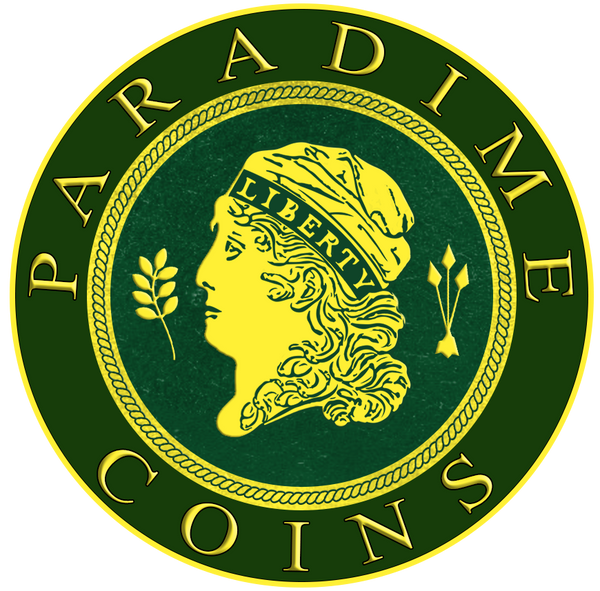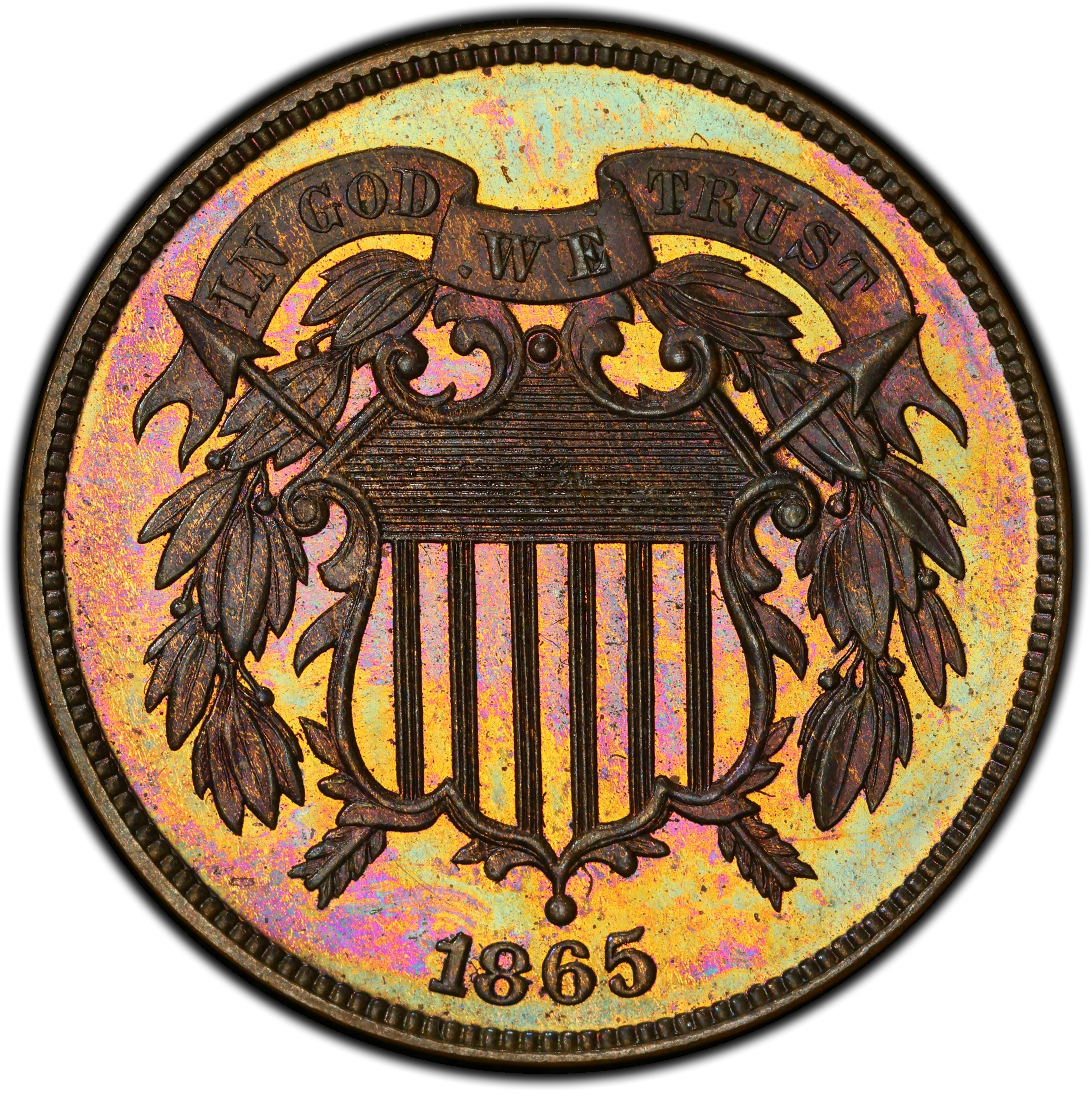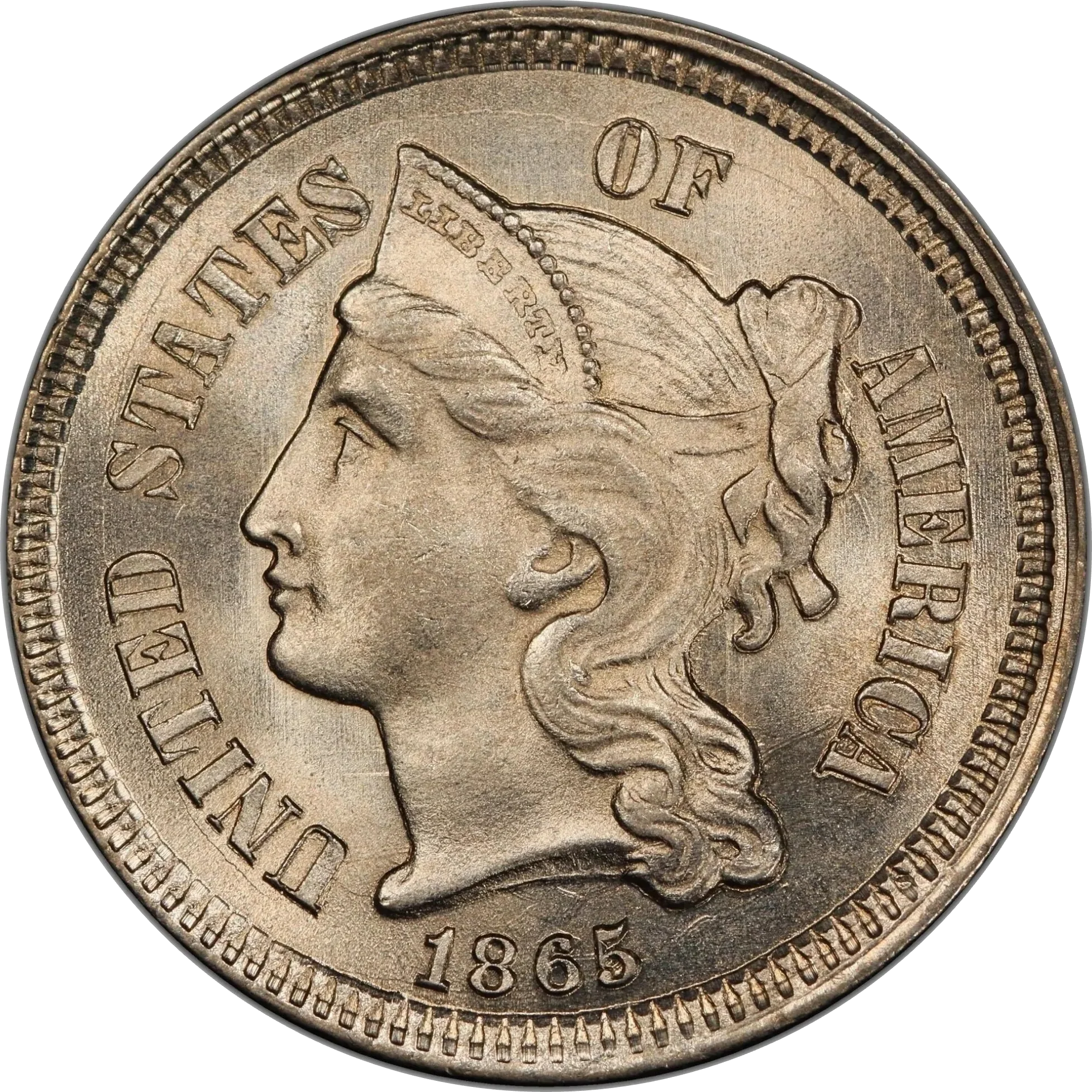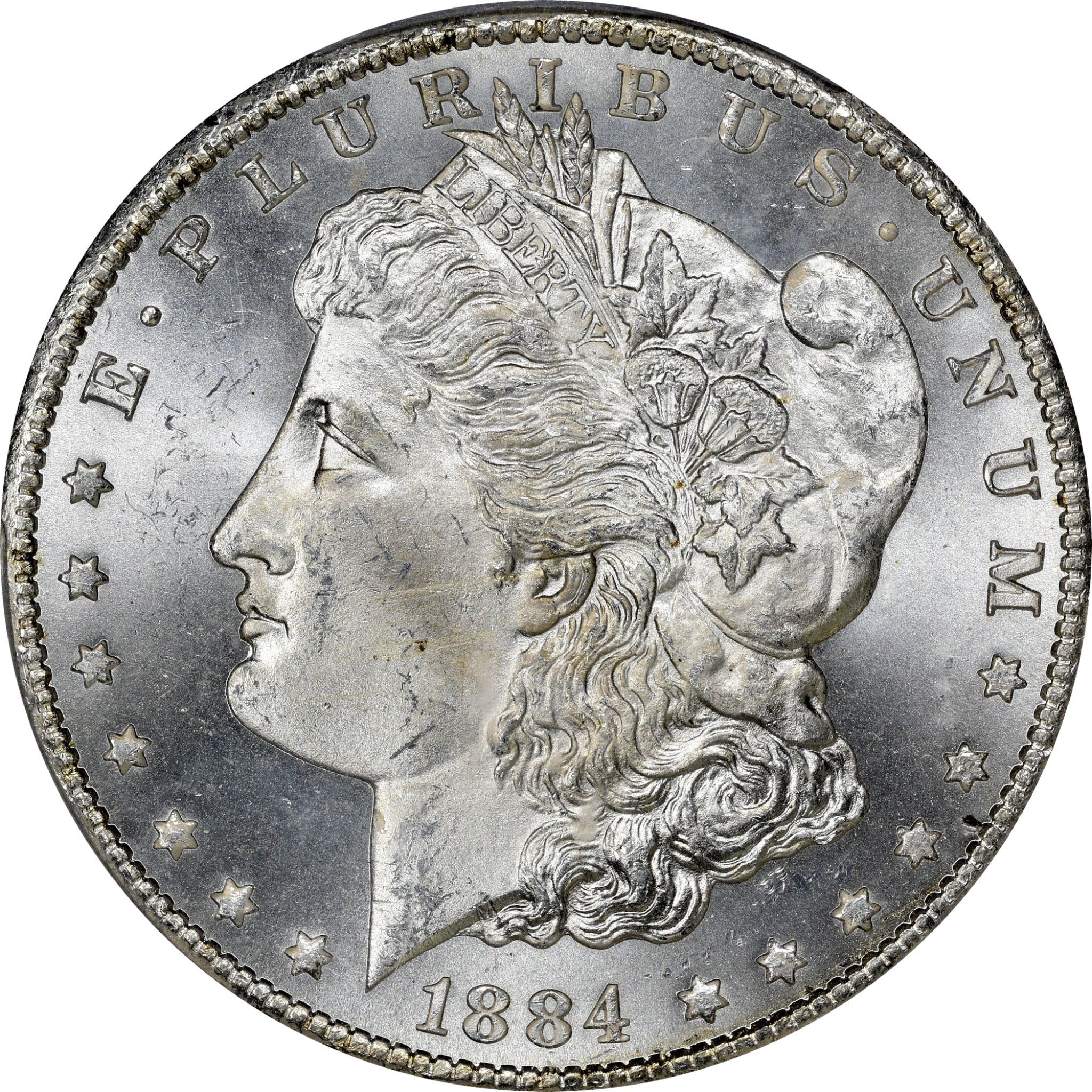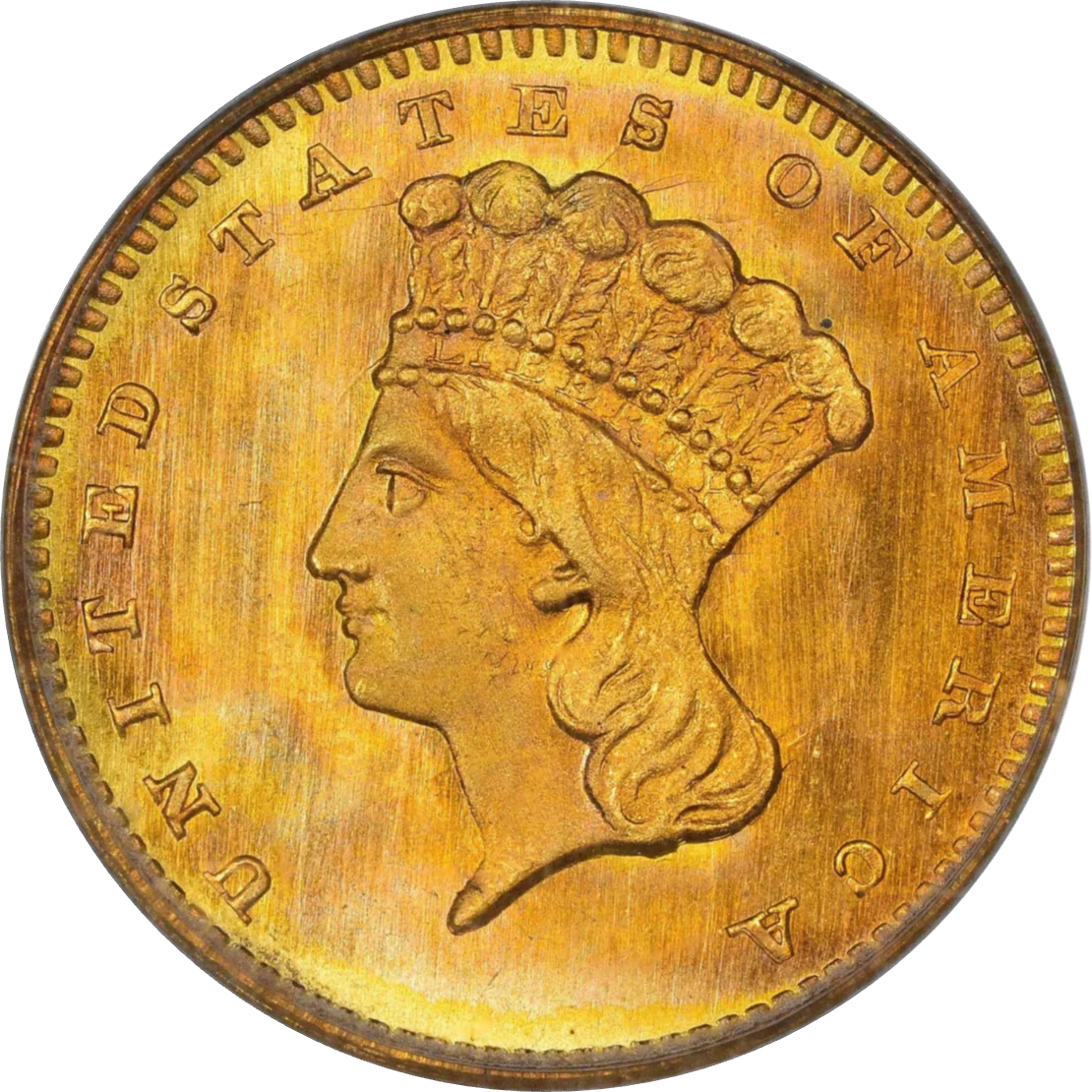Collection: Type 2, FIVE CENTS Recessed
No products found
View All Inventory
Designed by: James E. Fraser
Issue Dates: 1913-1938
Composition: 75% copper, 25% nickel
Diameter: 21.2 mm
Weight: 5.00 grams (77.16 grains)
Edge: Plain
Business Strike Mintage: 1,174,464,771
Proof Mintage: 4,439 Matte Proofs; 10,189 Proofs with brilliant finish
The Type II Buffalo nickel, introduced later in 1913, represents a practical yet ... Read More
Designed by: James E. Fraser
Issue Dates: 1913-1938
Composition: 75% copper, 25% nickel
Diameter: 21.2 mm
Weight: 5.00 grams (77.16 grains)
Edge: Plain
Business Strike Mintage: 1,174,464,771
Proof Mintage: 4,439 Matte Proofs; 10,189 Proofs with brilliant finish
The Type II Buffalo nickel, introduced later in 1913, represents a practical yet visually subtle revision to James Earle Fraser’s celebrated design. While the obverse—featuring the composite Native American portrait—remained unchanged, the reverse was modified to address a significant issue with premature wear. In the original Type I design, the bison stood atop a raised mound, with the denomination FIVE CENTS placed directly on this high point. Excessive circulation quickly wore away the inscription, prompting the U.S. Mint to revise the design. The Type II reverse replaced the mound with a flat exergue, recessing FIVE CENTS beneath it to offer greater protection. This adjusted reverse was used from late 1913 through the end of the series in 1938, defining the standard appearance for most Buffalo nickel years.
For the type set or date collector, examples of the five cents Buffalo nickel with the Type II reverse are readily available. Common dates from the 1930s—such as the 1930 five cents—are easily obtainable in all grades, from About Good to Uncirculated. However, finding specimens with full, bold strikes is considerably more challenging. Most Buffalo nickels, even in higher grades, exhibit softness in certain design elements, particularly in the hair detail of the Native American and the front forequarters of the bison.
Coins struck at the Denver and San Francisco Mints during the 1920s often suffer from pronounced strike weakness, with the 1926-D Buffalo nickel widely recognized as one of the most poorly struck issues in the series. Sharply struck and highly detailed business strikes—regardless of date—are scarce and increasingly desirable among advanced collectors. Notable dates such as the 1924 Buffalo nickel continue to attract attention for their historical significance and often require careful selection to obtain well-struck examples.
From 1913 through 1916, the Philadelphia Mint also issued Matte Proof Buffalo nickels, which can be challenging to distinguish from high-grade circulation strikes. These Proofs are identified by their squared rims and finely granular surfaces, in contrast to the mint frost seen on business strikes. Because of the visual similarities, authentication by a professional grading service is highly recommended. In 1936 and 1937, the Mint concluded the series with two final years of brilliant Proofs, featuring mirrored fields and bold details, highly prized by specialists in early 20th-century U.S. coinage.
With its storied history, distinctive Americana artistry, and challenging strike characteristics, the five cents Buffalo nickel remains a cornerstone of U.S. numismatics. From common issues like the 1930 five cents to condition rarities and Proof examples, collectors continue to explore and appreciate the depth of the Buffalo nickel years for both their aesthetic and historical value.
... Read Less